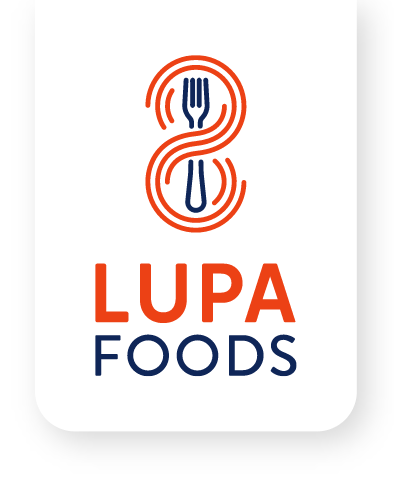Tomatoes Explained
At Lupa Foods, our tomato catalogue details a diverse range of products and explains some industry terms, if you’re not sure we’re here to help as we have extensive capabilities in this sector.
Tomatoes, central to many cuisines, are versatile and come in various types, each suited for different culinary uses. For tailored solutions, our team is readily available to discuss your specific requirements.
The rich world of tomato products
Our tomato product range caters to a variety of needs and each of our products serves a distinct purpose in food manufacturing, catering to different requirements for texture, flavour intensity, and culinary application.
We also have wide range of products available from different origins, incuding: Italy, Porutgal, Spain, Turkey and Egypt. To view the full list of products, download our tomato catalogue.
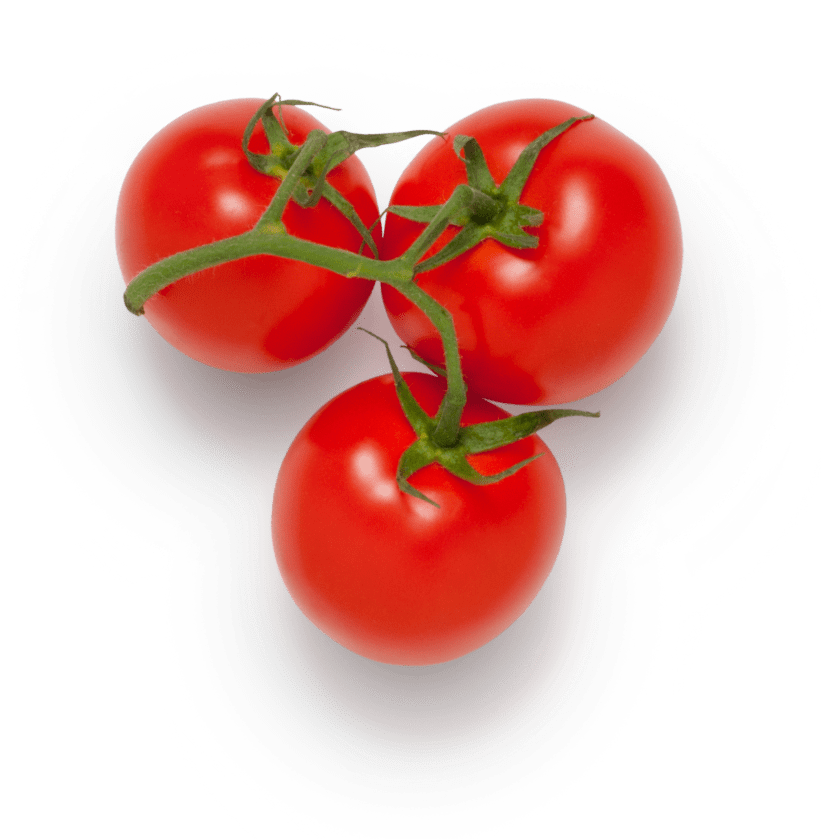
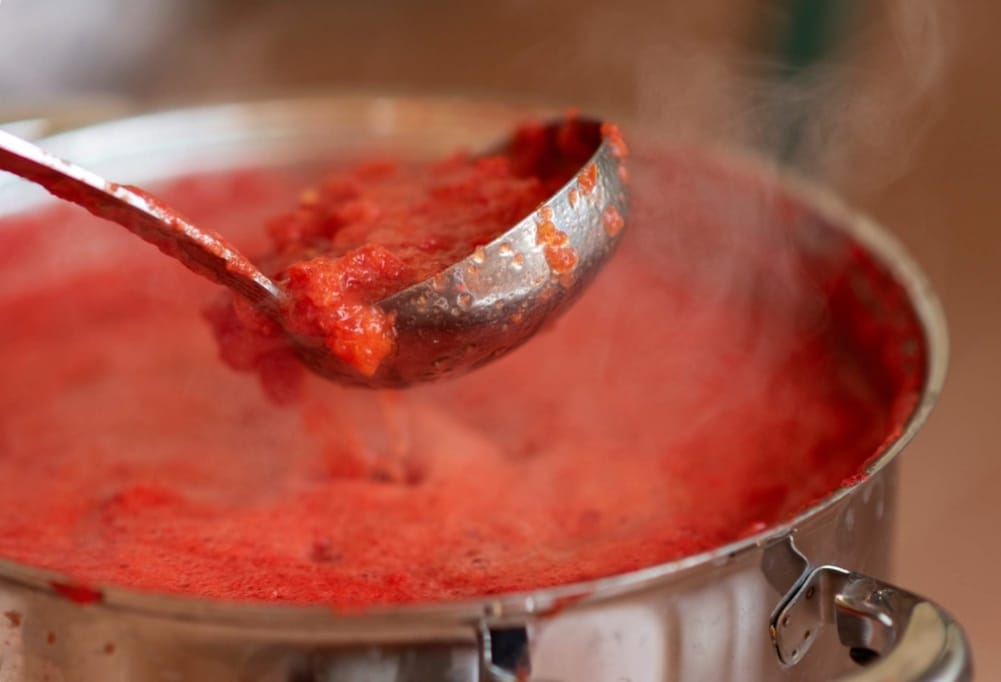
Concentration and Brix
Tomato product quality is assessed using the Brix scale, which measures the percentage of total soluble solids.
For example, a Brix value of 36/38 in a tomato product indicates a concentration of 36 to 38 percent of soluble solids, correlating with a stronger flavour and thicker consistency. This scale is essential for standardizing product selection, ensuring consistent quality and flavour.
In the industry it can also be called double (28/30) or triple concentrate (36/38).
Cold Break vs
Hot Break
Tomato paste is produced through Cold Break and Hot Break methods, each imparting distinct qualities for different culinary uses. The selection hinges on the preferred attributes of the final product.
Cold Break paste offers a brighter colour and a fresher taste, while Hot Break paste is thicker with a sweeter, cooked flavour. In recipes where tomato paste is a minor ingredient, such as in chilled ready meals, both types can be used interchangeably without significantly altering the end quality.
Both pastes are stable at room temperature and filled aseptically. The processes diverge only in the preheating step: Cold Break heats tomatoes to 60-70°C, and Hot Break to 85-100°C. The higher temperature of hot break deactivates the pectolytic enzymes (which break down pectin) and gives a higher viscous/thicker finished product. After heating, both are pulped, filtered, and concentrated.
Tomato Products
There are several types of tomato products available for food manufacturing, each with its own unique properties and uses. They are typically differentiated based on the concentration of tomato solids and the brix level. Some of the most common types include:
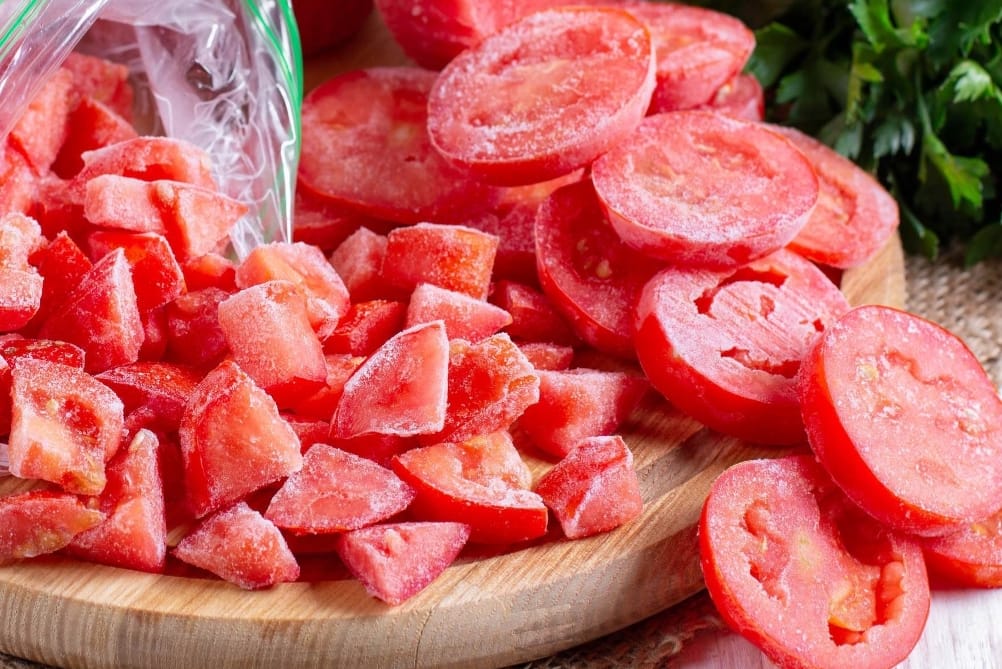
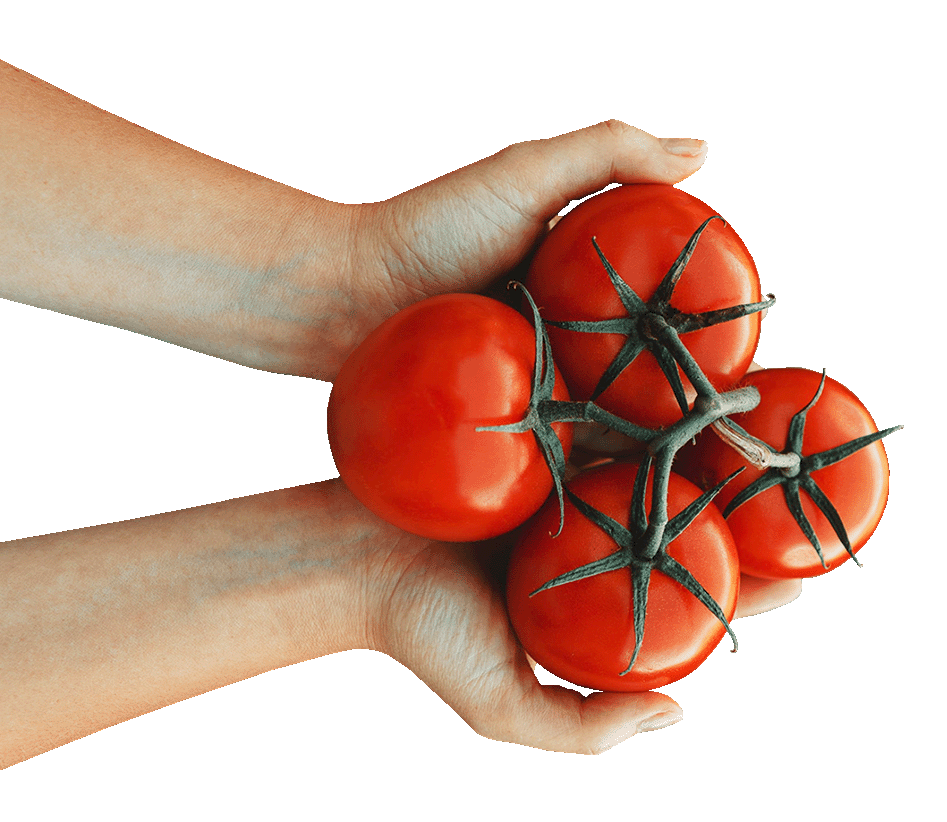

M&S
Our business has been A-list certified by M&S as a supplier of high-quality, sustainably and ethically sourced tomato products in the processed tomatoes category. This certification is a mark of our commitment to meeting the strict standards set by M&S.
Our certification signifies that we are one of M&S’s preferred suppliers in this category, and it gives customers a sense of trust and confidence in the products they are buying. Click here to find out more about M&S.
For more information about our tomato products, click the button below to download our catalogue as a PDF.
